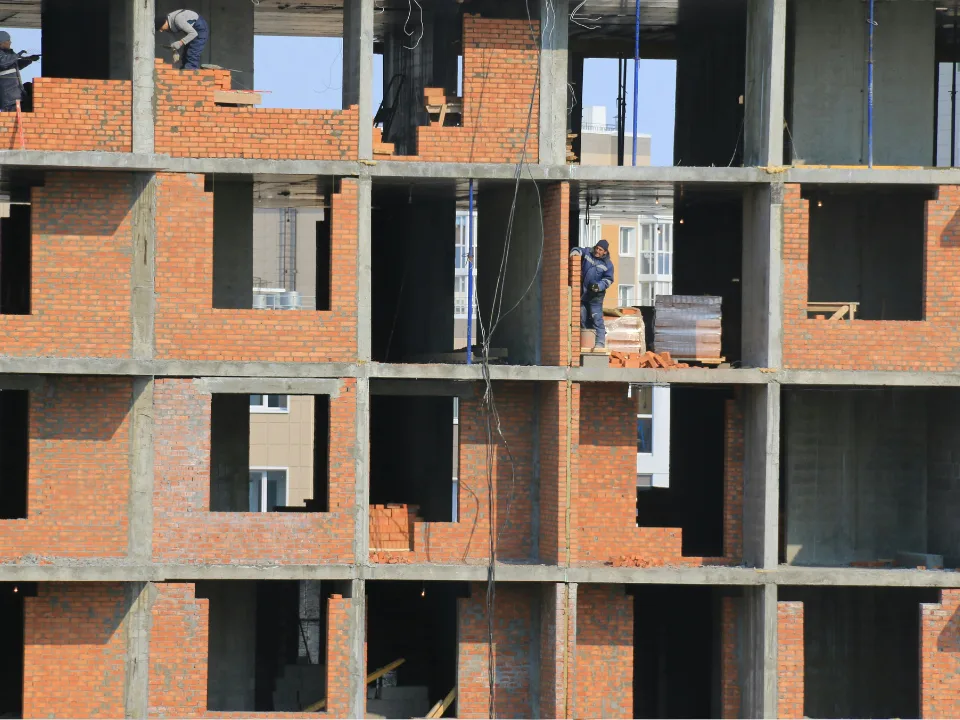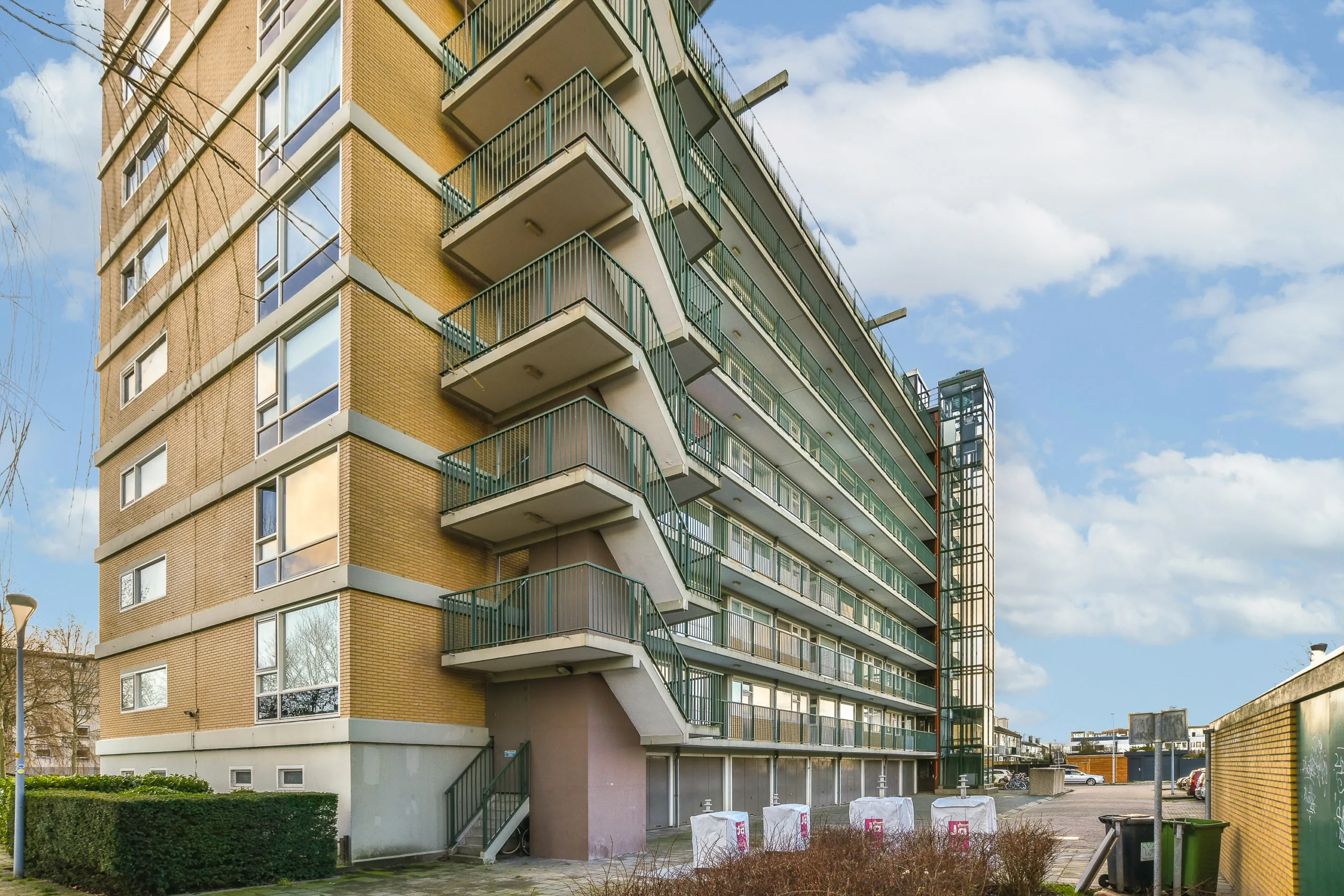- A slowdown in apartment construction is expected to support rent growth in the near term after a period of oversupply.
- Residential REITs saw a 2.7% drop in FFO in Q1 2025 despite occupancy rates above 95%, as flat rents weighed on earnings.
- Single-family rental REITs have outperformed in 2025, with a 2.1% return year-to-date, while apartment-focused REITs lag behind.
Rental Demand Stays Strong
High mortgage rates—still above 6%—and low housing inventory continue to block many from buying homes, per Nareit. First-time buyers now make up just 24% of the market, the lowest share since 1981, according to the National Association of Realtors.
As homeownership becomes less accessible, demand for rental housing remains elevated. This trend benefits residential REITs, which own and manage large portfolios of apartments, single-family rentals, and manufactured homes. With more Americans renting by necessity, these REITs are positioned to capture long-term demand.
From Oversupply to Correction
Multifamily construction surged after the pandemic, but demand didn’t keep up. This caused rent growth to stall in 2023 and 2024. Construction has slowed since late 2024, which should ease the supply-demand imbalance. That’s expected to support rent increases in the coming quarters.
Get Smarter about what matters in CRE
Stay ahead of trends in commercial real estate with CRE Daily – the free newsletter delivering everything you need to start your day in just 5-minutes
Recent Performance Mixed
Despite occupancy rates above 95%, residential REITs saw a 2.7% drop in Q1 2025 FFO compared to a year earlier. Year-to-date through June 5, residential REITs are down 1.9%. By contrast, the broader FTSE Nareit All Equity REITs Index is up 1.6%.
Single-Family Rentals Lead the Way
Single-family rental REITs have delivered a 2.1% return so far in 2025. These homes didn’t face the same overbuilding seen in the apartment sector. Meanwhile, manufactured home REITs are flat for the year. MH Insider estimates 20.6M Americans lived in manufactured homes in 2024.
By the Numbers
- 908 sq. ft. – Average apartment size in 2024, up 17 sq. ft. since 2022 (RentCafe).
- 50/50 – Renting was cheaper than buying in all top 50 US metros as of February 2025 (Bankrate).
- $189.5B – Market cap of the FTSE Nareit Equity Residential Index, with Q1 dividends totaling $1.9B.
Why It Matters
The slowdown in construction may help residential REITs regain pricing power. If housing stays unaffordable for many, demand for rentals should hold steady. That sets the stage for potential earnings growth in 2026.
What’s Next
Keep an eye on rent trends in late 2025. If construction remains limited and demand continues, apartment REITs may see a turnaround. Single-family and manufactured housing REITs are expected to stay steady, supported by persistent homebuying challenges.


















